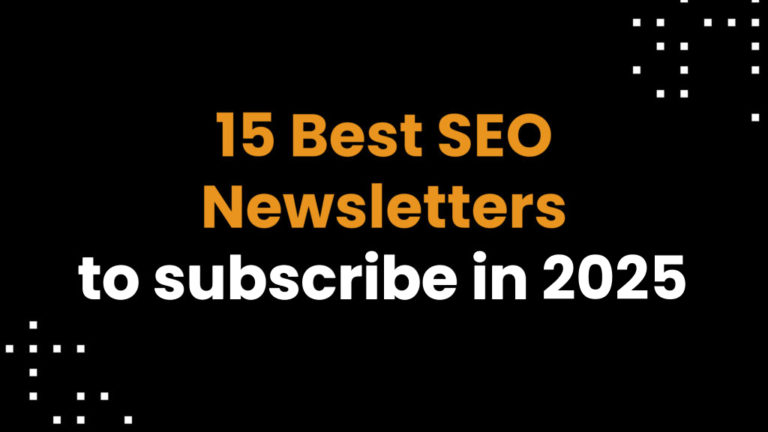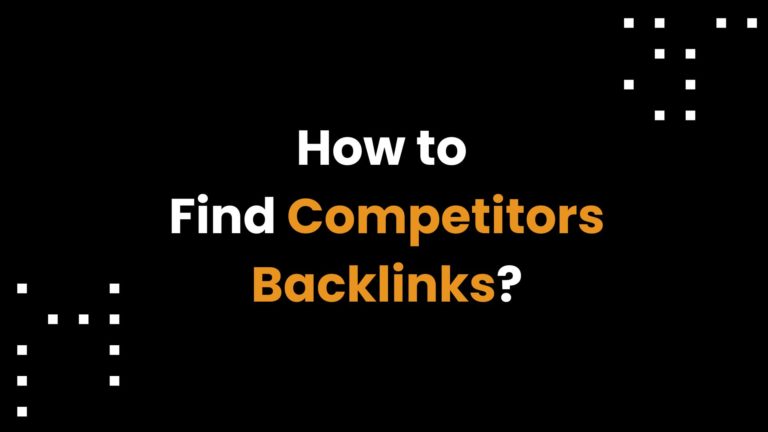From the user’s point of view, links create a kind of map that significantly facilitates and improves navigation on the web and on the website. We can divide links into internal and external links. The former function only within the area of a given website, while the latter lead to external websites.
Internal links and their role
Thanks to the careful and correct placement of internal links on the website, we show robots and users what our website is about. Moreover, these links make it easier for users to navigate the website and direct them to the tabs of interest. A properly planned and designed internal links structure also supports the positioning process. Therefore, it has a positive effect on improving the visibility of the website and its faster indexation.
One of the programs that will enable the analysis of internal links is Screaming Frog. This tool examines the entire website and its most essential elements. With its help, we can, for example, detect potential problems with internal links on our website and check whether all of them are working correctly. In addition, we will check whether they are direct links or with redirects, which should be eliminated if possible. The tool also includes information on the degree of internal linking for each of the analyzed subpages and the division of links into dofollow and nofollow links and the distribution of anchors used. Of course, we will also obtain similar information for external links.
How to correctly place internal links on the website?
Let’s start with a brief explanation of what a hyperlink is. In short, it is a link to another page, thanks to which both the user and the search engine robot can visit the selected subpage. Unfortunately, it is not enough to place the maximum number of internal links in any place on the website. It should be remembered that their structure and form must be well thought out.
There are a few key places on the page where these links will be perfect.
- The main menu – is the primary place on the page where you should place links to the most critical subpages of our website. Link anchors should contain keywords (if possible, of course). In the main menu, it is best to use hyperlinks leading to a category or subcategory and other relevant pages on the site. An example of a properly designed main menu can be found, for instance, in the Zalando clothing store.
source: Zalando.pl
- Side menu (filters) – is a proven way to add an additional list of categories on the website, effectively strengthening internal linking. Users especially appreciate this solution because it is different to find the desired products or services.
source: Zalando.pl
- Breadcrumbs – shows where the user is on the page at the moment. For search engine robots, it is a significant help in understanding the structure and operation of the website and, for users, an additional method of navigation. Breadcrumbs improve internal linking on the website, which positively affects the positioning. It should be remembered that the links here should be adequately described with keywords relevant to individual subpages.
source: Zalando.pl
- Sitemap – contains a set of all URLs within a given domain. Its main task is to facilitate website indexation and support internal linking.
- Pagination – in the case of more prominent portals and stores, is recommended to implement. It consists of dividing one extensive page’s content into many smaller subpages. In addition, you should check whether search engine robots have access to all pages of a given set and how their indexing has been configured.
- Links in the content – they can be placed, for example, in blog articles or in the descriptions of categories and products. It is vital that they are adequately highlighted, e.g., in bold type and clearly visible to the user. It is worth planning which subpages the links should be directed to in advance. It is good practice to have them thematically related to each other.
What errors can occur with internal linking?
The most common mistake is placing too many internal links on one page. Another, often encountered mainly in the case of online stores, is linking to pages that have ceased to exist, e.g., to products withdrawn from the offer. Another equally serious mistake is the inappropriate selection of phrases for individual subpages of our website. By choosing the wrong keywords, we lose the chance to strengthen them in the eyes of Google effectively. On the other hand, by using the same anchors for several different subpages, we risk leading to cannibalization of keywords, i.e., a situation in which two or more subpages are fighting with each other for positions in the search results.
External linking – how is it different?
It is high time to discuss external links, i.e., links from other domains, which will lead to the subpages or home page of our choice. This is an equally important aspect in the context of positioning. Linking should be carried out according to a previously prepared strategy because acquiring links from poor-quality websites may harm our website.
When implementing a linking strategy, it is worth remembering that the links obtained should be as varied as possible. For example, it would help if you got links to the anchor containing the keyword and brand or plain URL. Another essential element is the distinction between links into dofollow and nofollow links, which allow you to get a natural backlink profile. Dofollow links are more important from an SEO point of view, but incompetently or too many of them can do more harm than help. Therefore, it is important not to forget about nofollow links, which should also be included in the SEO campaign.
How to check if the website from which we want to get the link is good quality?
The most important factors that we should pay attention to are the Domain Rating, Trust Flow and organic traffic. The higher the ratio, the better. However, it should be borne in mind that these results can be easily distorted. Therefore, if we want to find a helpful website, we need to ask ourselves some critical questions:
- Does your website generate a lot of organic traffic?
- Does it have a low spam score with high authority?
- Does the topic/industry correspond to your website?
- Does it have a natural backlink profile?
One of the tools that will help us answer these questions is Ahrefs, in which we can conduct a detailed analysis of our site. This tool has extensive capabilities and a massive database of external links. We will also check the number of linking domains, the total number of links and the overall link profile.
source: app.ahrefs.com
Where to link the page from?
It is worth reaching out to publishers of web portals, editorial offices, or bloggers, thanks to which you will establish valuable contacts and find potential sources of links. An equally popular solution is using many popular linkbuilding platforms that provide a wide range of services in one place. Another idea is linking, checking our competition and linking from sites from which the best players in the industry link.
Summary
External and internal linking is a pervasive and significant topic, which is one of the main elements of website positioning. The article presents the essential elements that should be considered when linking. A well-planned structure will bring the expected results and, above all, increase the website’s visibility, which in turn will translate into more traffic and better sales. To achieve maximum results, it is worth cooperating with SEO specialists.
Author: Karolina Burda, SEO intern at DevaGroup. Privately, a lover of ballroom dancing, modern art and travel.








